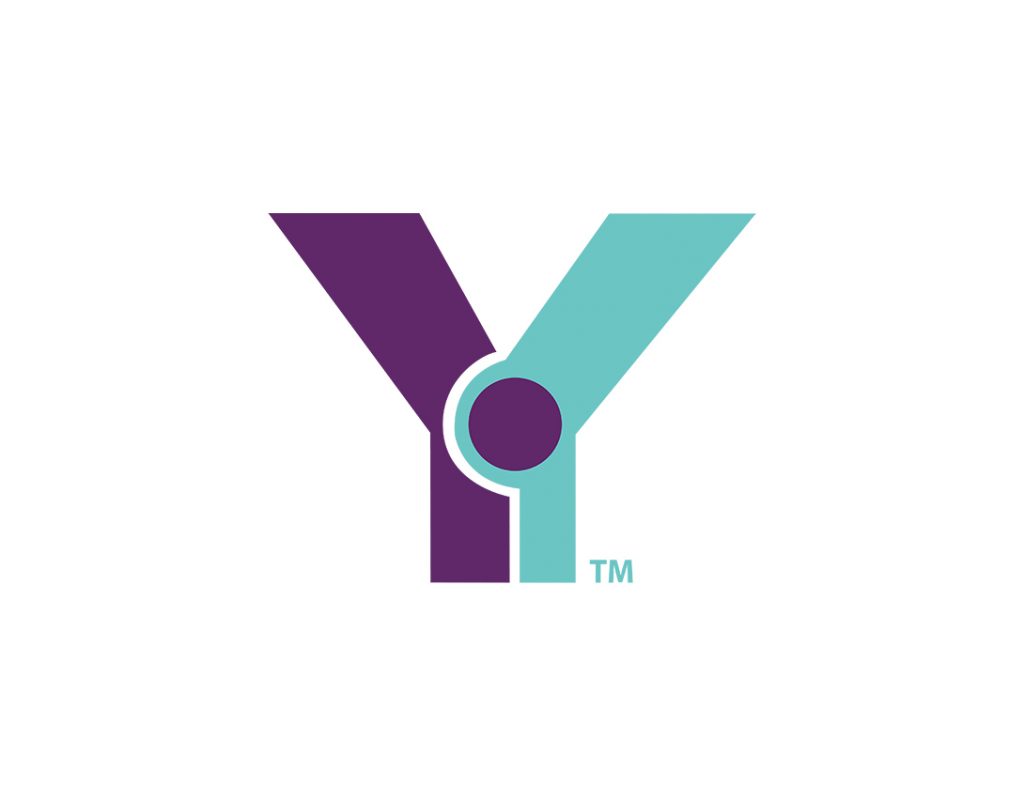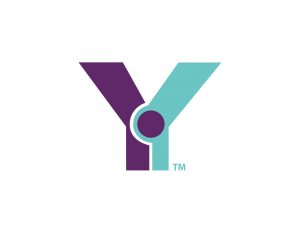In conjunction with our “Partners in Caring” program funded by the UJA-Federation of New York, the Y will feature interviews from six local survivors to better understand each individual’s story. These interviews will be showcased at the Hebrew Tabernacle gallery “Experiencing a Time of War and Beyond: Portraits of Spirited Holocaust Survivors”. The gallery will be opening on Friday November 8th.
Ruth Wertheimer has been a member at the Y for over a decade. You can find Ruth at the Y for special events and programming, especially at Sunday concerts at the Center for Adults Living Well @ the Y.
Ruth Wertheimer (photography by Roj Rodriguez: www.rojrodriguez.com)
Ruth Wertheimer was born in Mannheim, Germany on June 6, 1931. At the age of one, her father died. Her mother raised her and her older brother in Mannheim, Germany. Ruth’s mother owned a thrift shop in town. Growing up in Mannheim was difficult. She remembers having very little schooling as a child. Ruth recalls experiencing anti-Semitism from a very young age. She recounts being called a dirty Jew as well as being beaten up in the streets. The anti-Semitism was so rampant that Ruth’s brother used to take her to their grandmother’s house. They would avoid main roads to prevent being beaten up. Their mother could not join them because she was busy working at the family’s store.
In Mannheim, Germany, Kristallnacht began on November 10, 1938. Ruth recalls the events of Kristallnacht, “we lived in this place with an Orthodox synagogue that had a rabbi and a cantor. There was an office there for social workers and a Jewish school. These buildings surrounded a schoolyard…It started at 6 in the morning, you heard the noise of the burning buildings…it was terrible. There was a lot of noise and I was scared.” Ruth’s synagogue, The Haupt synagogue, was destroyed that day.
Once the destruction was finished, Ruth remembers her family’s store being completely ruined. “We had a beautiful photograph of my brother in color and they took it and put it out in the street…and wrote underneath ‘dirty Jew.’ Dirty Jew! It was a beautiful picture.” After seeing the destruction, Ruth’s family decided that they should leave the building they were living in. Her grandmother was a diabetic and she used to receive her injections from nuns so the family decided that it would be best to seek refuge with the nuns. The entire way there, they were followed by teenagers who were calling them ‘dirty Jew’. Ruth was able to find protection with the nuns for a while. From there, she and her family left to stay with relatives.
In 1940, Ruth’s brother celebrated his bar mitzvah in an Orthodox synagogue in Mannheim. Three weeks after this joyous occasion, she and her family were rounded up and brought to a camp called Camp Gurs in France. Ruth remembers “we had one hour to pack and we didn’t know where we were going. We were put in some kind of recreation hall overnight, I’m not sure anymore, and the next day we were put on a train and we did not know where we were going. I had a grand aunt that was there too and she was with us and she brought sugar cubes and lemon to eat. We had nothing to eat. Finally we arrived in the camp. It was horrible: you had mud up to your knees, you were in a barrack with 20 people maybe. Rat, mice, lice, you name it. You slept on the floor with straw.” After being in Camp Gurs for a year, someone from the organization OSE (Oeuvre de Secours aux Enfants) came to the camp. OSE is a French- Jewish organization that saved hundreds of refugee children during the Holocaust. The representatives from OSE asked the parents in the camp if they wanted to give up their children. Ruth recollects that her mother never wanted to give up any of her children, but with great difficulty, she did. Ruth was given up first. From Camp Gurs, Ruth was taken to Chabannes. After being in Chabannes for some time, Ruth remembers that it was not safe there anymore and some of the older children were taken to Auschwitz. After this, OSE felt that it would be best to move the children.
Ruth was placed with a Jewish family for four months. She was then moved to a gentile family. Ruth remembers, “…my name was not Ruth anymore. I was Renee…I wasn’t Jewish then.” In France, children went to school on Saturdays instead of Thursdays. Ruth went to school on Saturdays. One day at school, the police came and began to question Ruth, “I was always told to tell the truth. So I told the police everything.” She informed the family that she was staying with and that night, social workers from OSE came and took Ruth and placed her in a convent in 1943. She changed her name again to Renee Latty.
While hiding in the convent, Ruth remembers, “I did the sign of the cross with the left hand, you are supposed to do it with the right hand! Then they brought me to church and I didn’t know anything. Everyone was going into a booth so I went too. It was a confession booth. I didn’t know what that was…I didn’t know what to do…I became so Catholic, that you didn’t know that I was never not Catholic.” Ruth stayed in the convent for about a year until the war was liberated.
After the war was liberated, Ruth stayed at different OSE homes. For two years, Ruth did not know where her brother was. She and her brother finally reunited at one of the OSE homes. They then lived in Limoges, France and then near Paris before traveling to America together.
At the age of 15, Ruth, her brother, and 72 other children traveled to America together on the children transport. They landed in America on September 7, 1946. The boat was overcrowded and many of the children were sea sick. When they arrived in New York, there was a strike at the pier and they could not dock. The OSE was able to arrange for a small boat to come and take the children ashore.
When Ruth first got to America, she lived with an aunt and uncle and says that it was very difficult for her. Shortly after, she moved to Queens with another relative. This relative had a daughter around the same age as Ruth. She remembers starting school and that her relative’s daughter went to a better school than she did. Ruth had a difficult time managing in school and her relatives told her that if she did not finish school, they would kick her out. Because she was having such difficulties in school, Ruth was kicked out in 1948.
Since June 1948, Ruth has lived in Washington Heights. She realized that she had to learn a trade in order to survive so she decided to go to beautician school. She attended the Wilfred Academy and fell in love with her courses. She went on to receive her beautician’s license. Hebrew Tabernacle was the first synagogue she joined since she came to America and she has been a member ever since. She has one son and two grandchildren who live in Wisconsin.
This interview was conducted by Halley Goldberg of the Y’s Partners in Caring initiative and belongs to the YM&YWHA of Washington Heights and Inwood. The use of this material without written consent from both the Y and the interviewee is strictly prohibited. Find out more about the Partners in Caring program here: http://ywashhts.org/partners-caring-0
Hebrew Tabernacle’s Armin and Estelle Gold Wing Gallery in proud partnership with the YM&YWHA of Washington Heights and Inwood invites you to our November/December, 2013 Exhibit “Experiencing a Time of War and Beyond: Portraits of Spirited Holocaust Survivors” with photographs and sculpture by: YAEL BEN-ZION, PETER BULOW and ROJ RODRIGUEZ. In conjunction with a special Service in memory of the 75th Anniversary of Kristallnacht -the Night of Broken Glass Services and Artist’s Opening Reception, Friday, November 8th, 2013 7:30 p.m.
A statement from the Y : ” For decades the Washington Heights/Inwood Y has been, and continues to be, a haven for those seeking refuge, respect and understanding. Many who enter our doors and participate in our programs have lived through trials and tribulations that we cannot even begin to imagine. For some, who will be part of this exhibit, one such horror has come to be known to the world simply as “The Holocaust” – the systematic murder of six million Jews of Europe.
We at the Y remember the past, honor those who lived and died during that time, and safeguard the truth for future generations. For the sake of ourselves and our children, we must pass down the stories of those who have experienced the evils of war. There are lessons to be learned for the future. The interviews are documented by Halley Goldberg, a “Partners in Caring” program supervisor. This vital program was made possible through a generous grant from the UJA-Federation of New York, designed to enhance relationships with synagogues in Washington Heights and Inwood. “
Our joint art exhibit features portraits and interviews of survivors of the Holocaust, Hannah Eisner, Charlie and Lilli Friedman, Pearl Rosenzveig, Fredy Seidel and Ruth Wertheimer, all of whom are members of the The Hebrew Tabernacle, a Jewish congregation that many German Jews fleeing the Nazis and lucky enough to come to America, joined in the late 1930’s. In addition we will also honor Holocaust survivor Gizelle Schwartz Bulow- mother of our artist Peter Bulow and WWII survivor Yan Neznanskiy – father of the Y’s Chief Program Officer, Victoria Neznansky.
A special Sabbath Service, with speakers, in memory of the 75th Anniversary of Kristallnacht (the Night of Broken Glass) precedes the opening of the Gold Gallery/Y exhibit:Services begin promptly at 7:30 pm. All are invited to attend.
For gallery open hours or for further information please call the synagogue at 212-568-8304 or see http://www.hebrewtabernacle.orgArtist’s Statement: Yael Ben-Zion www.yaelbenzion.comYael Ben-Zion was born in Minneapolis, MN and raised in Israel. She is a graduate of the International Center of Photography’s General Studies Program. Ben-Zion is the recipient of various grants and awards, most recently from the Puffin Foundation and from NoMAA, and her work has been exhibited in the United States and in Europe. She has published two monographs of her work. She lives in Washington Heights with her husband, and their twin boys.
Artist’s Statement: Peter Bulow: www.peterbulow.com
My mother as a child, had been in hiding during the Holocaust. Over the years, her experience, or what I imagined to have been her experience, has had a large influence on me. This influence is reflected both in my personal and in my artistic life. I was born in India, lived as a young child in Berlin and emigrated to the US with my parents at age 8. I have a Masters in Fine Arts in sculpture. I am also the recipient of a grant that will allow me to make a limited number of bronze busts of Holocaust survivors. Please let me know if you are interested in being part of this project.
Artist’s Statement :Roj Rodriguez: www.rojrodriguez.com
My body of work reflects my journey from Houston, TX – where I was born and raised – to New York – where, exposed to its ethnic, cultural and socioeconomic diversity and its unique view on immigrants – I found a renewed respect for everyone’s culture. I’ve apprenticed with well-established photographers, traveled the world extensively and collaborated with many top professionals in the field. Since January, 2006, my career as an independent photographer has become a process of taking on personal photography projects that emerge from my own understanding of the way we share the world and exercise our creativity as a whole.



